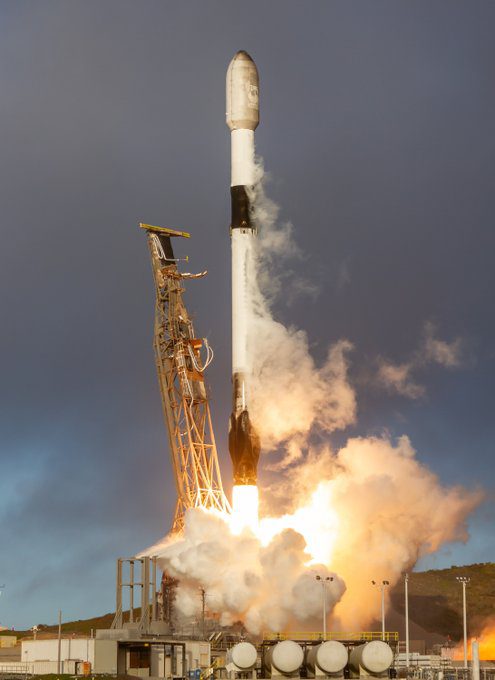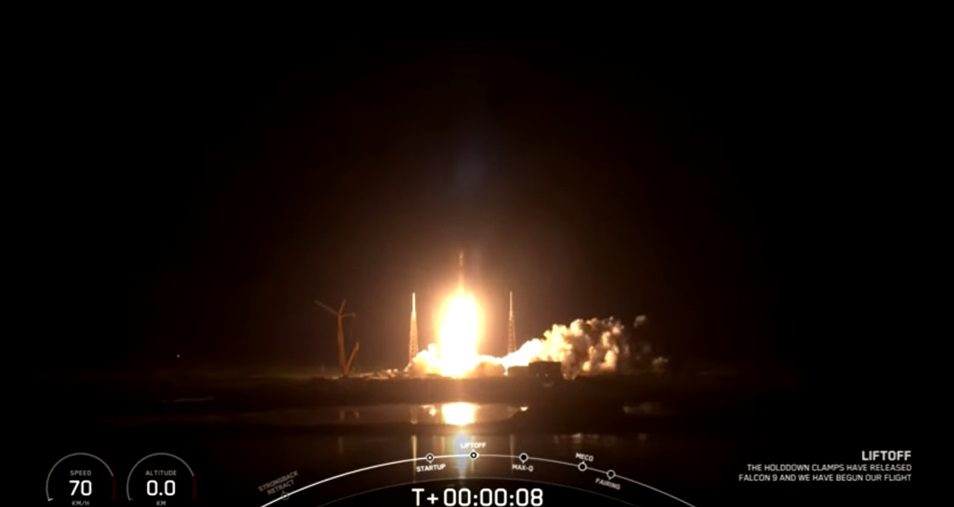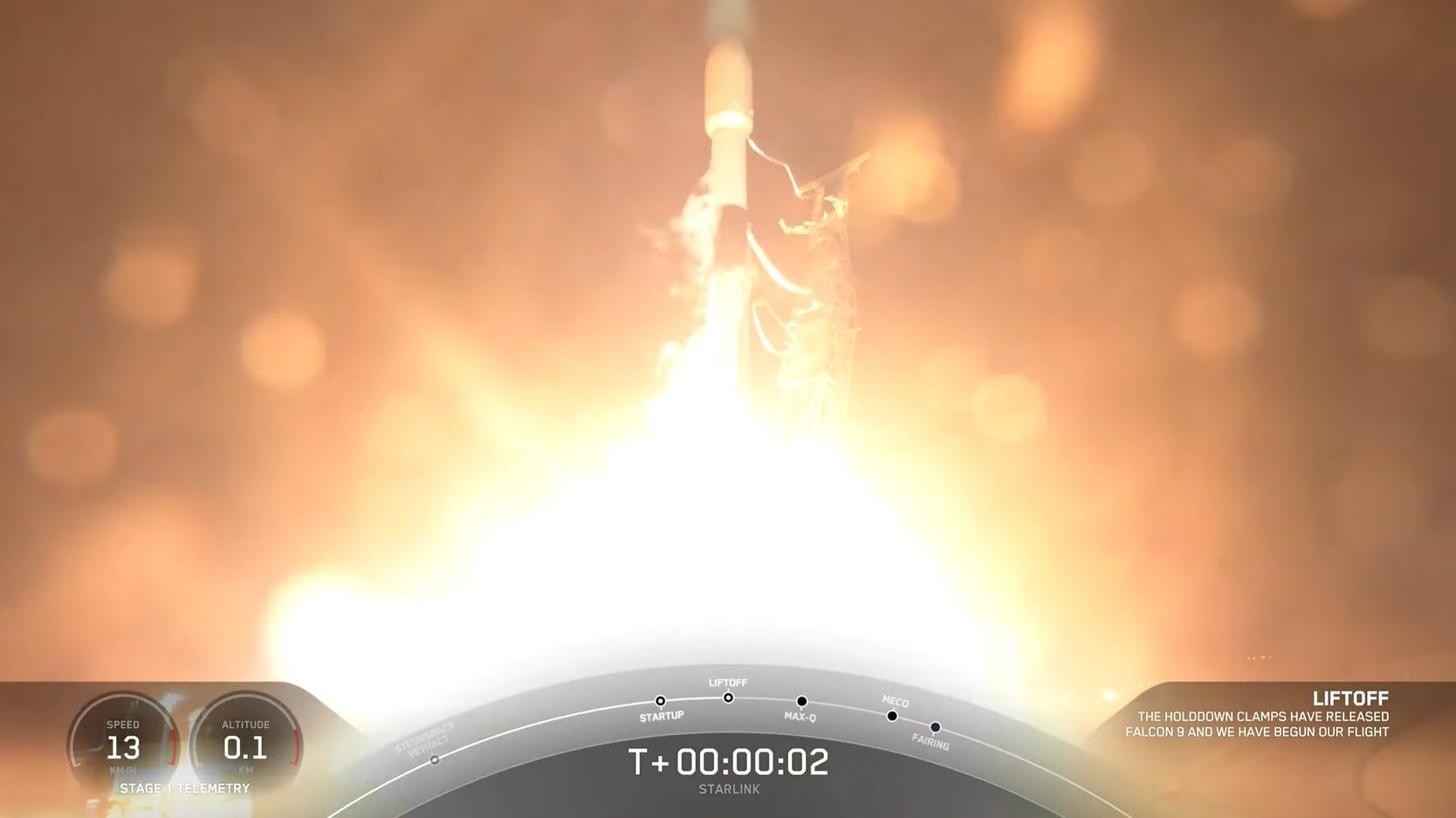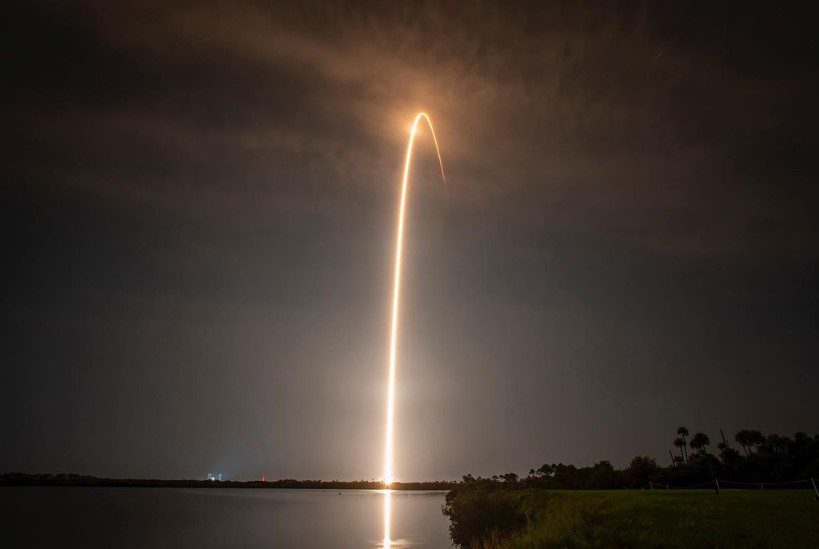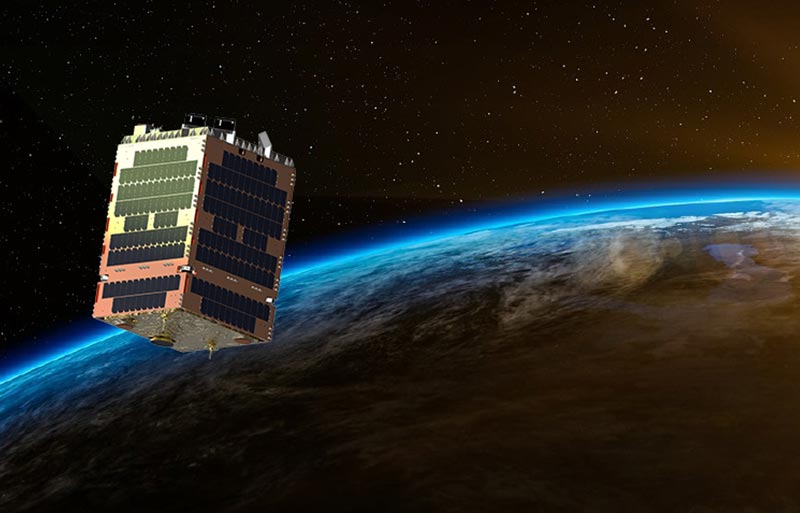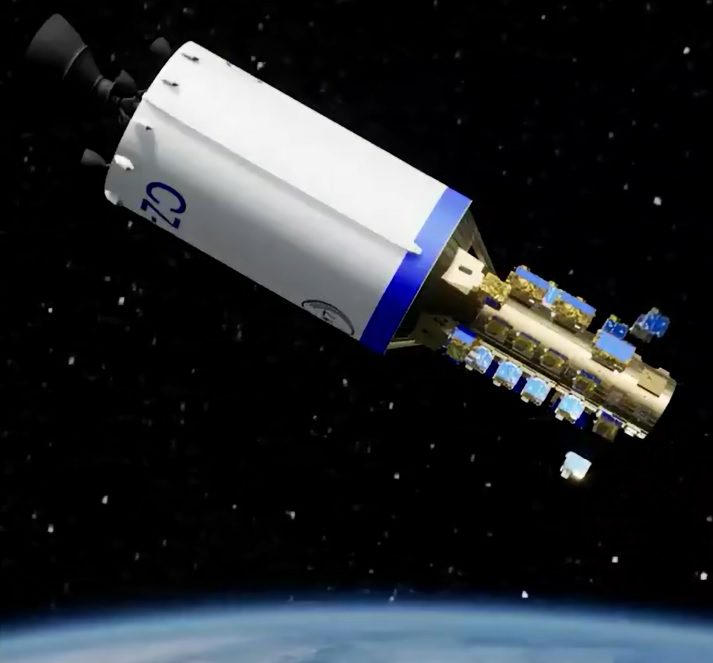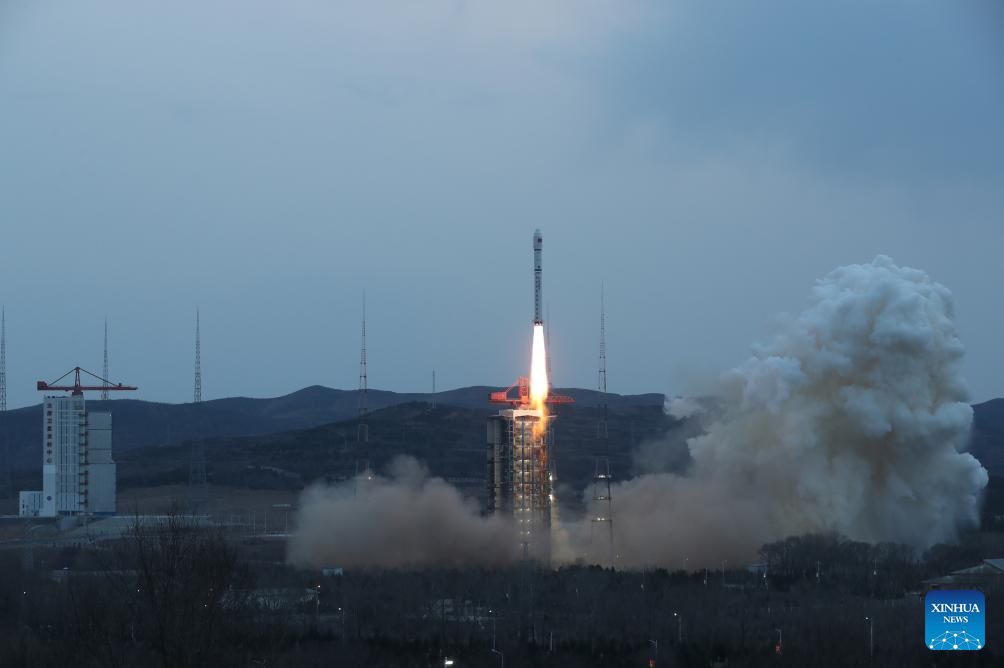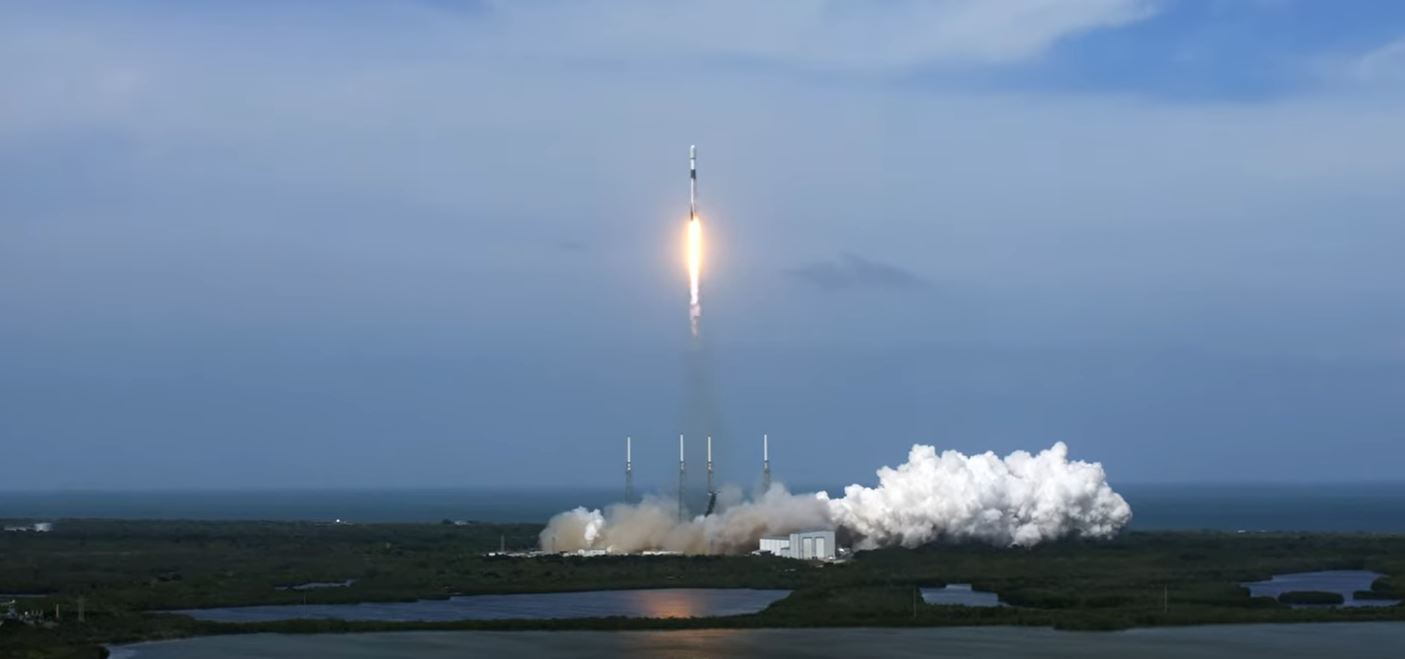The big conundrum for NASA’s Constellation programme is how do you design transportation for an exploration strategy that envisages a permanently manned lunar outpost when all your major procurement decisions are based on reusing elements of a largely reusable launch system that only flew to low Earth orbit?With the blogosphere debate hotting up about alternatives to NASA’s Constellation vehicles it would seem a good time to look at this issue, which I briefly commented on in my comment on this blog posting
The DIRECT team claim that their transportation system is better than NASA’s Constellation and NASA has now come back and criticised DIRECT as more expensive and not as safe
I am not going to tackle safety and cost, both these issues have a notorious past for the claims that people have made and you wonder why anyone in aerospace would want to pontificate on such matters considing the history of space transportation
Instead my view is that both NASA and DIRECT have approached their transportation systems in a way that does not automatically ensure success for the mission that actually has to be done, let me explain
NASA has followed, as I said in my previous blog post comment, “a politically driven industrial footprint (Congressional footprint) strategy”
This differs from Apollo where the mission was cleatly stated, to land a man on the Moon and return him safely to the surface of the Earth – its a sortie msision
I believe that although references have been made to past lunar mission studies as guidance for the development of Constellation the reality was that those have been paid lip service to and we are seeing evidence of that
During my interview with NASA launch project office advanced planning manager and former Apollo programme rocket engineer Phil Sumrall at the 3rd space exploration conference in Denver I asked him about the disparity between the 2,000kg cargo to the lunar surface with a manned lander capability he was offering and the 6,000kg requirement asked for by the agency’s lunar architecture team. His reply was that they were doing their best and if he could only provide 2,000kg that was all the scientists were going to get
But surely that is round the wrong way? If you intend to go back to the Moon and beyond you should be looking to maximise your transportation capability to meet the science goals that are publicly proclaimed as the justification for exploration
As I said in my blog post comment, it is “mission requirement, payload requirement, transportation requirement that should have driven vehicle design”.
So why have NASA’s leadership, intelligent people, gone for such a strange method of vehicle development, that industrial footprint I mentioned, that denies the agency the complete capability its scientists beleive it needs?
Because of the raft of politico-economic issues facing them
The most obvious being the end of the Shuttle programme. Then you have the transition from Shuttle to whatever comes next (however this differs if you select a all commercial post-Shuttle transportation policy) and finally the costs in recreating an industrial capability to deliver the all new transportation system
Griffin was faced with a policy to go to back to the Moon, a NASA with a budget that had flatlined for years, a costly war on terror as a competitor for federal funds, the politically sensitive issue of job losses relating to Shuttle’s retirement, other related technical and industrial losses due to the gap between Shuttle operating and the new transportation system operating and a need to justify the new lunar programme born of a controversial Republcan president to future administrations – phew
So, I would argue, who would blame them?
The trouble is, and maybe I am arguing from a gravity free, if-only-the-world-was-perfect position, you end up with what we have, a transportation system designed around maintaining that industrial base and trying to avoid politically sensitive issues, which only leads to people making untenable claims that everything is OK when your development schedule is undermined by Congress cutting your funds
The big mistake that DIRECT made is that they did not ask what the mission was, they simply took the Congressional directives of STS reuse and have attempted to design a better version of Constellation when they don’t have the access to information that NASA’s leadership has. That is not a strategy for success, you are, in my view, making the same mistake and compounding it – especially if you publcly attack NASA for not getting its sums right (fighting talk for engineers)
The most obvious example of the error DIRECT has made is that they are now having to rejig their designs for the lunar mission. Not very right-first-time and in the real world would add horrendously to the development costs
I don’t like people who are critical and then don’t put forward their solution, so its good that DIRECT have their ideas and for the same reason, I, in a future post, will have my own lunar achitecture proposal that I think would have met the lunar scientists goals – bet you can’t wait!
😉

